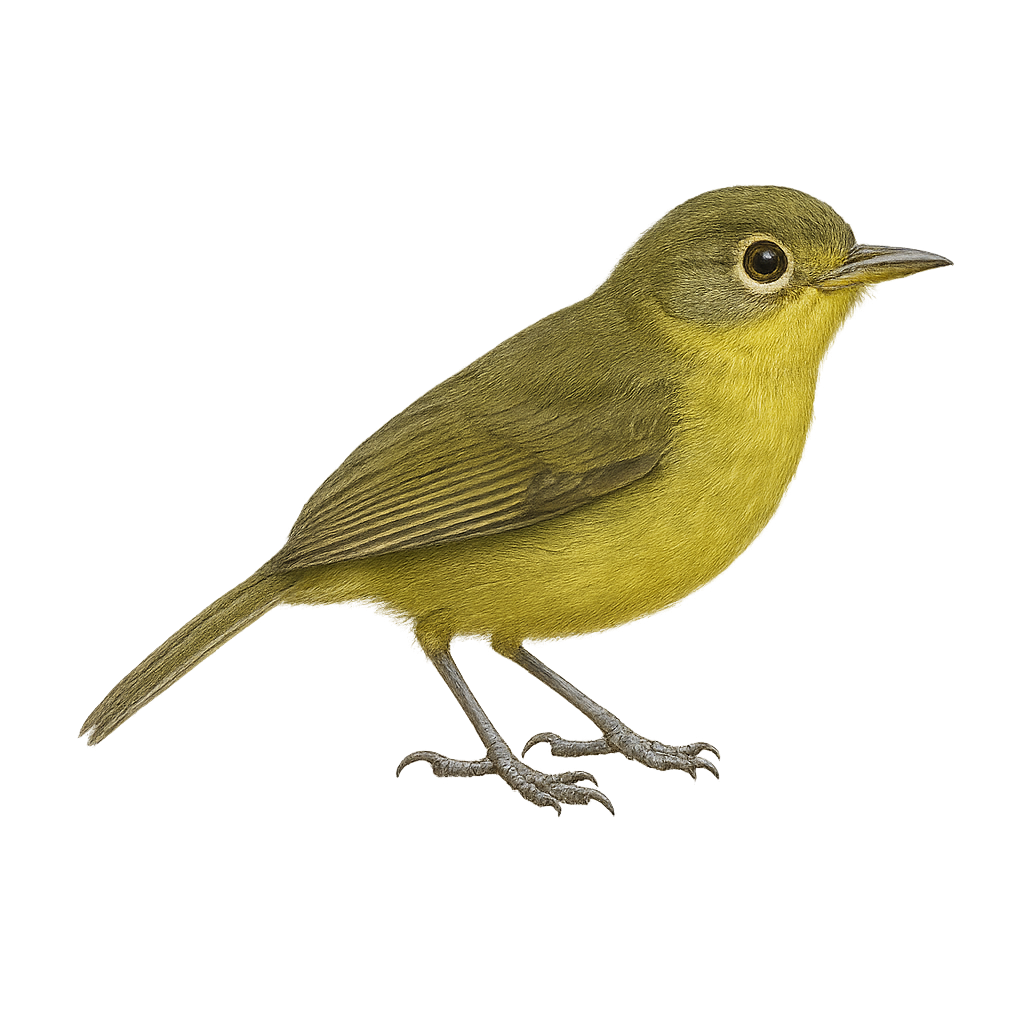Your wildlife photography guide.
Explore the spectacled tetraka in detail, study its behavior, prepare your shots.
Where to observe and photograph the spectacled tetraka in the wild
Learn where and when to spot the spectacled tetraka in the wild, how to identify the species based on distinctive features, and what natural environments it inhabits. The WildlifePhotographer app offers tailored photography tips that reflect the spectacled tetraka’s behavior, helping you capture better wildlife images. Explore the full species profile for key information including description, habitat, active periods, and approach techniques.
Spectacled Tetraka
Scientific name: Xanthomixis zosterops

IUCN Status: Near Threatened
Family: VANGIDAE
Group: Birds
Sensitivity to human approach: Suspicious
Minimum approach distance: 10 m
Courtship display: October to November
Incubation: 14-16 jours
Hatchings: October to December
Habitat:
humid forests, wooded areas, undergrowth
Activity period :
Primarily active during the day, with peak activity in the morning and late afternoon.
Identification and description:
The Xanthomixis zosterops, known as the Spectacled Tetraka, is a small bird endemic to Madagascar. It is characterized by its olive-green plumage and white-ringed eyes, which give it its name. This bird primarily inhabits the island's humid forests, where it feeds on insects and small invertebrates. It is often seen in small groups, actively moving in search of food. Although its habitat is threatened by deforestation, the Spectacled Tetraka remains relatively common in some protected areas. Its song is a soft, melodious trill, often heard at dawn.
Recommended lens:
400 mm – adjust based on distance, desired framing (portrait or habitat), and approach conditions.
Photography tips:
To photograph the Spectacled Tetraka, it is advisable to use a 400mm lens or longer to capture detailed images without disturbing the bird. Look for it in Madagascar's humid forests, where it is often active in small groups. Be patient and discreet, as this bird can be suspicious. Early morning hours are best for optimal lighting and to hear its melodious song. Use a tripod to stabilize your camera and achieve sharp shots.
The WildlifePhotographer App is coming soon!
Be the first to explore the best nature spots, track rutting seasons, log your observations, and observe more wildlife.
Already 1 439 wildlife lovers subscribed worldwide

